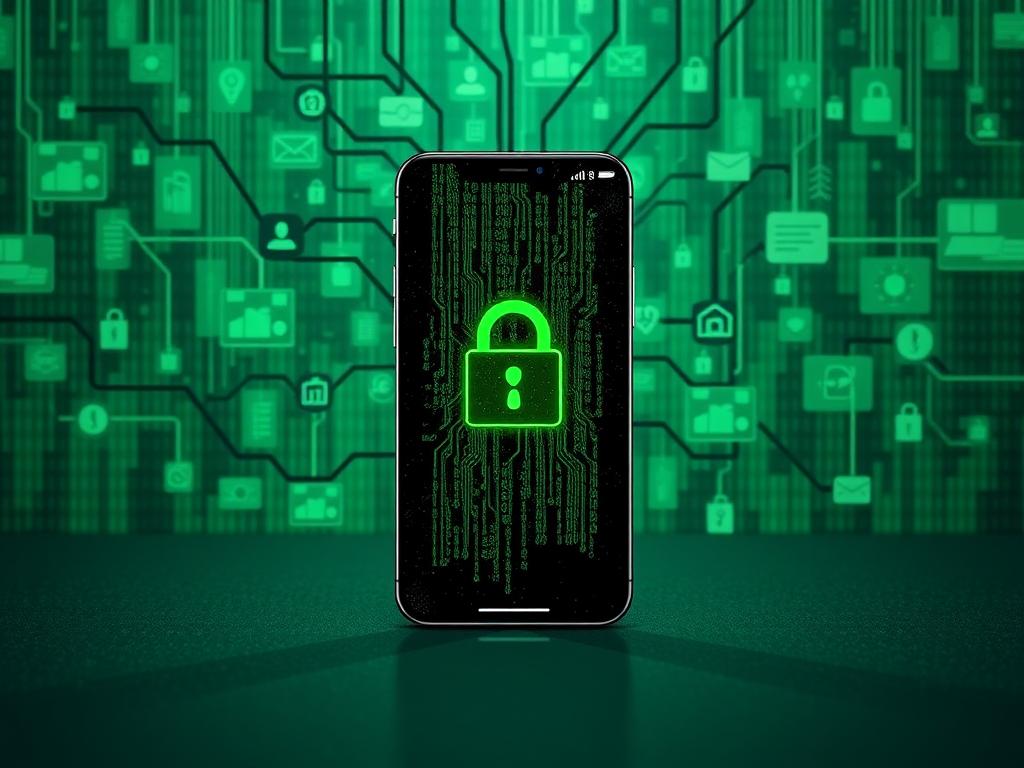In the modern world, smartphones have become an integral part of our daily lives. These devices are not just tools for communication but also platforms for various applications (apps) that cater to our needs and preferences. However, misconfigured and sideloaded apps could turn your phone into a data leak, posing significant security and privacy risks. This article will delve into the scientific and economic implications of this issue.
Apps are software programs designed to perform specific tasks on mobile devices. They can be downloaded from official app stores or through sideloading, which involves downloading apps from sources outside the official app store. Misconfigured apps refer to those with incorrect settings, allowing unauthorized access to sensitive data.
The risks associated with misconfigured and sideloaded apps include data leakage, unauthorized access to personal information, and increased vulnerability to malware attacks. These risks can lead to financial losses, identity theft, and damage to personal and professional reputation.
Misconfigured apps often have incorrect permissions, allowing them to access and transfer data without the user’s knowledge or consent. This can occur due to errors in the app’s coding or the user’s failure to properly configure the app’s settings.
Research has shown that misconfigured apps are a significant security risk. A study by Gartner found that through 2022, 99% of cloud security failures will be the customer’s fault, with misconfiguration being the most common cause.
Data leaks can have significant economic consequences. According to a report by the Ponemon Institute, the average cost of a data breach in 2020 was $3.86 million. This includes direct costs such as legal fees, IT costs, and customer notification, as well as indirect costs such as damage to brand reputation and loss of customer trust.
Moreover, data leaks can lead to financial losses for individuals. For example, in 2017, the Equifax data breach exposed the personal information of 147 million people, leading to a surge in identity theft and financial fraud.
Sideloaded apps pose additional security risks. Since they are downloaded from unofficial sources, they may contain malware or other malicious code. A study by Avast found that 99.9% of Android malware is delivered through sideloaded apps.
Furthermore, sideloaded apps may not comply with privacy regulations, such as the General Data Protection Regulation (GDPR) or the California Consumer Privacy Act (CCPA). This can lead to legal penalties and damage to the company’s reputation.
Sideloading involves disabling the security features of the mobile device and downloading apps from sources outside the official app store. This can be done using third-party app stores, direct downloads from websites, or through USB connections.
Research has shown that sideloading can significantly increase the risk of malware infections. A study by McAfee found that Android devices with sideloading enabled were 2.5 times more likely to be infected with malware.
Malware can have significant economic consequences. According to a report by Cybersecurity Ventures, global cybercrime costs are expected to reach $10.5 trillion by 2025. This includes direct costs such as IT costs, legal fees, and recovery costs, as well as indirect costs such as damage to brand reputation and loss of customer trust.
Moreover, malware can lead to financial losses for individuals. For example, in 2020, the Trickbot malware stole $6 million from bank accounts in the United States.
To prevent data leaks and malware infections, users should only download apps from official app stores and ensure that they are properly configured. They should also keep their devices and apps up to date with the latest security patches and use security software.
Companies should implement strict security policies and procedures for app development and deployment. They should also conduct regular security audits and provide training for employees on security best practices.
Securing Mobile Apps: Preventing Data Leaks and Malware Infections in the Age of Smartphones
